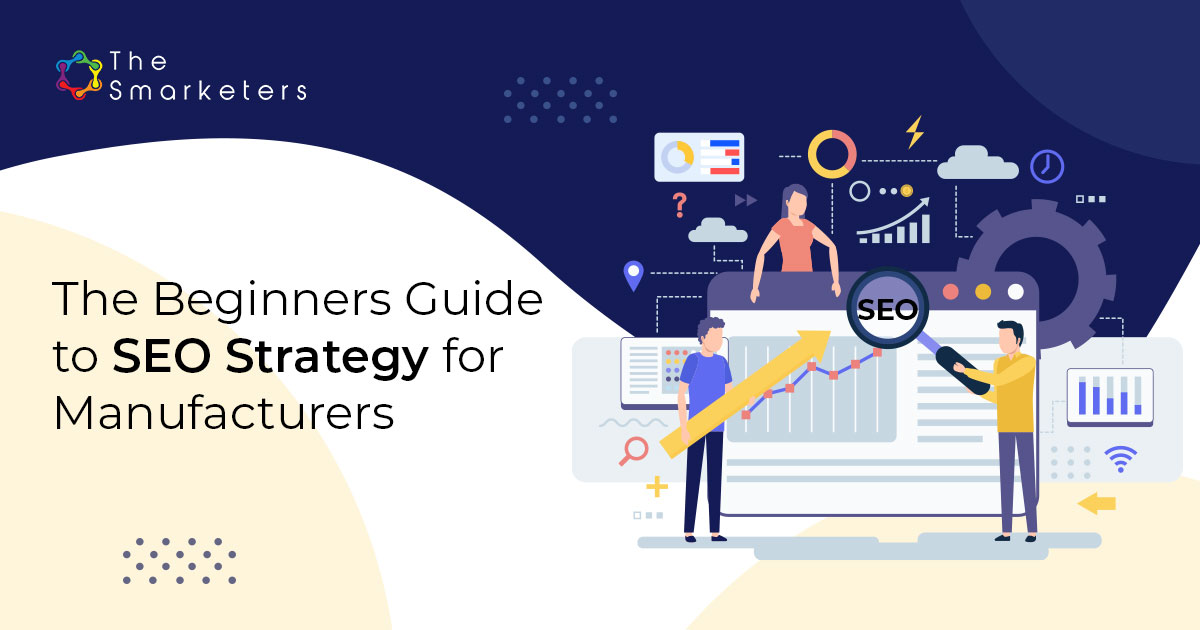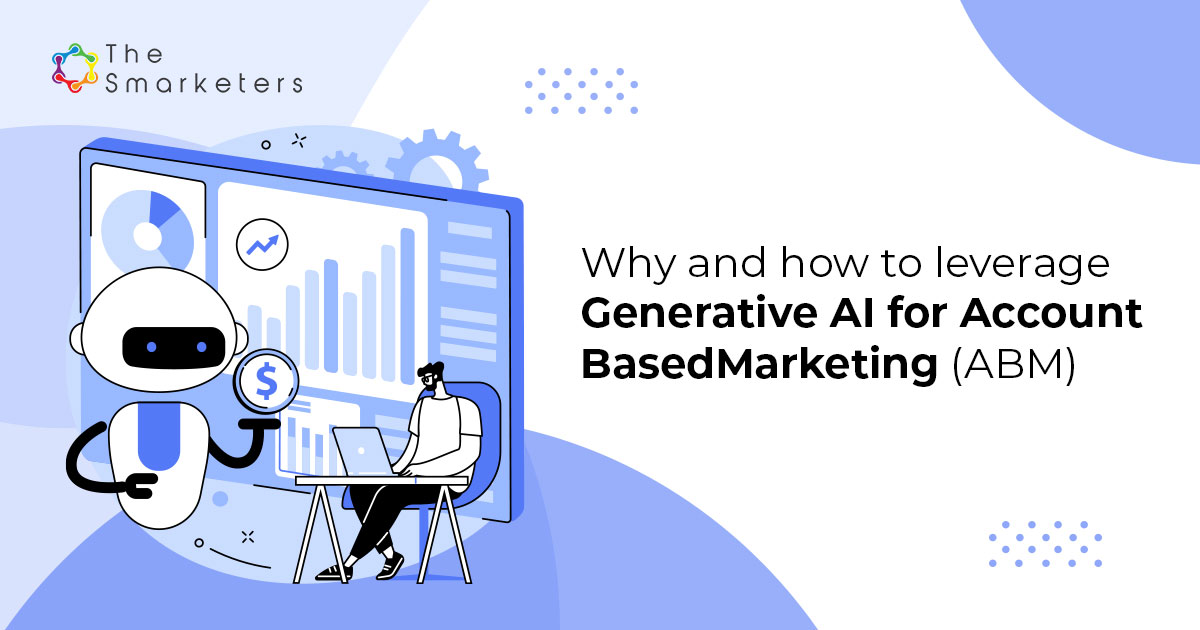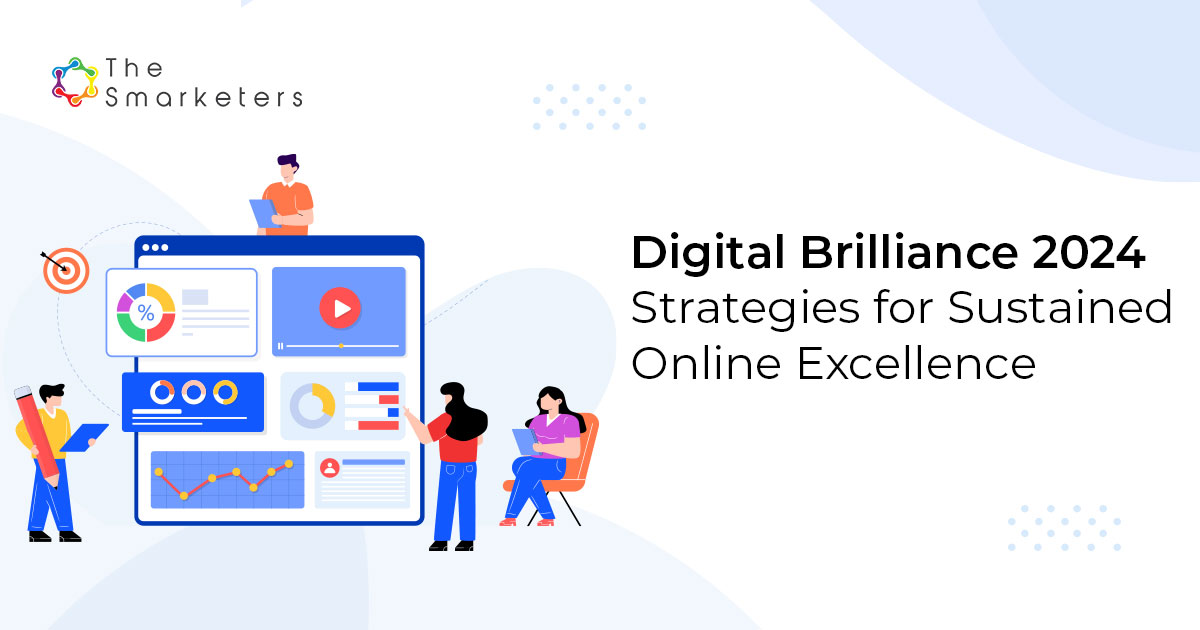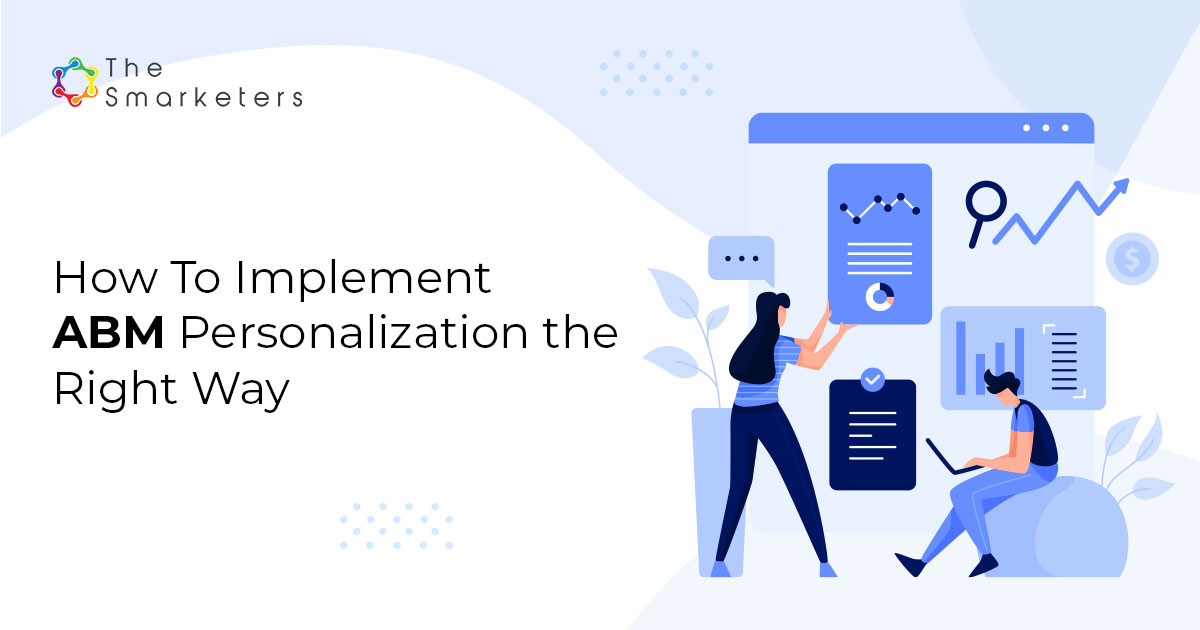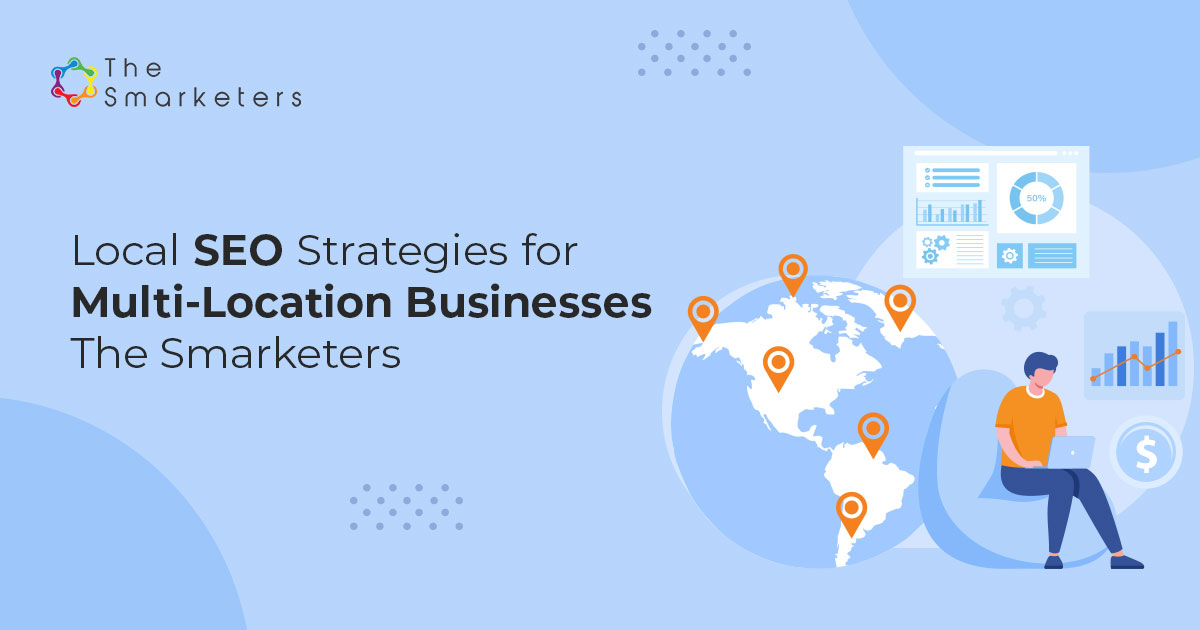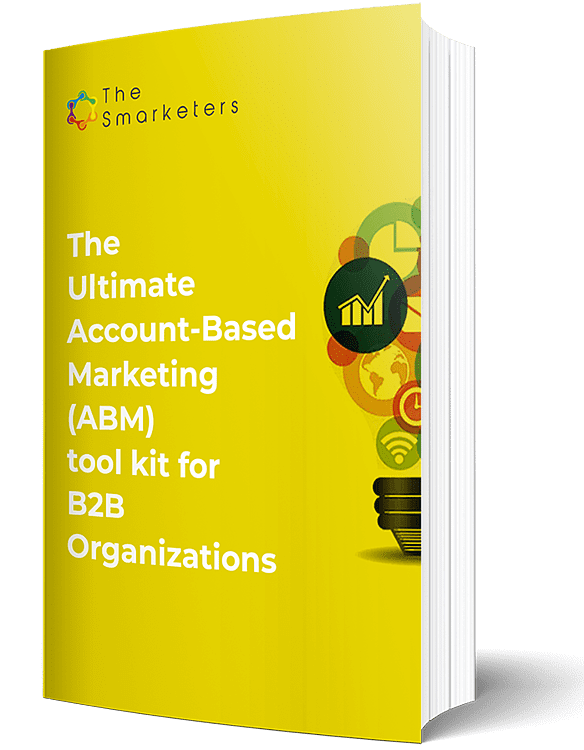For a long time, B2B marketers have used inbound and account-based marketing strategies separately to reach their target audience. However, if marketers solely focus on inbound strategy, they may not provide adequate attention to high-priority leads. Similarly, if they focus only on ABM strategy, they might miss out on prospects highly likely to become loyal customers in the long run.
Then why do B2B marketers often consider Inbound and ABM as distinct entities? This blog will focus on changing that perception.
A sound marketing strategy combines inbound and ABM in the right proportions to reap optimal benefits. Let’s dig deeper to know more.
What is Account-Based Marketing?
Account Based marketing (ABM) is the process of identifying individual accounts you wish to reach (typically in a B2B environment) and communicating with them. Usually, it involves several contact points within an organization since it’s typical to have many stakeholders.
An ABM strategy aims to help you stand apart from the crowd of competitors, improve engagement, and convert target prospects. It places the emphasis or emphasis on the individual prospect and business that have a strategy for connecting with them directly.
What is Inbound Marketing?
It seeks to bring prospects to your business, usually emphasizing engaging and strategic content. Inbound uses an open-ended approach to draw the maximum number of potential customers to your site and then determine the most qualified of the group to pursue them or for further nurturing.
How Does ABM Sync With Inbound?
Inbound marketing helps expand brand reach and gain more leads through personalized content and marketing campaigns. ABM blends sales and marketing to create a customized sales journey for a high-priority account. It focuses on quality leads, not quantity.
Both Inbound and ABM revolve around understanding the target clientele. They involve studying trending keywords, creating ICPs/buyer personas, identifying the specific content and engagement channels for different personas, and delivering stellar customer experiences.
Essentially, ABM takes Inbound’s buyer goal to the next step. Instead of using a general (but data-driven) persona to be the basis of every campaign’s activity, the primary goal in the overall marketing plan is to focus on a particular account, company, or group of individuals. So, ABM is an excellent option for planning Inbound campaigns.
Usually, ABM (account-based marketing) targets specific high-value accounts instead of treating potential buyers as individual entities. It takes Inbound’s “attract, engage, and delight” to target high-priority clients with personalized marketing strategies. Buyer personas are integral to both ABM and Inbound marketing campaigns.
Account-based marketing leverages a focused growth strategy to target a select few accounts. It aligns sales and marketing strategies for targeting individual accounts. Since the target accounts involve multiple decision-makers, an ABM strategy must include data-based buyer personas developed in the context of the buying group in question. Every person in the buying group has a say in the decision. So, marketers must adapt the buyer persona according to the company and the individual roles within.
When you sync sales and marketing efforts, you can maximize the output while saving time since you can deliver a consistent experience to buyers within an account. Sales and marketing teams need not spend time sorting out separate target accounts – instead, they focus on a high-prospect account and build campaigns to delight them.
Here’s how to begin your Inbound + ABM journey-
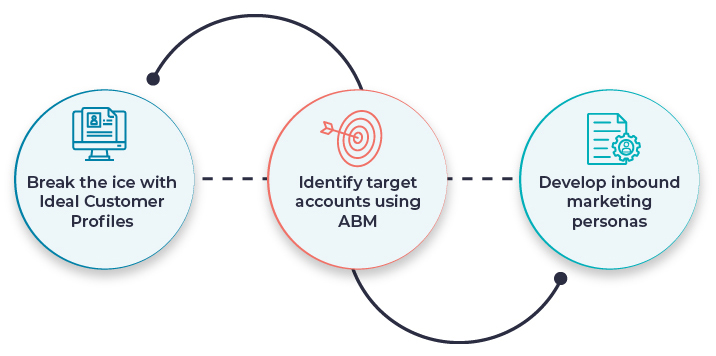
Break the ice with Ideal Customer Profiles
ICPs (ideal customer profiles) represent accounts suitable for the product or service provided by B2B companies. Like a buyer persona, an ICP is a fictitious customer profile with all the qualities/aspects that make it the best match for your product – your offering is designed to address and solve the pain points of the ICP.
ICPs may be companies you wish to target using ABM campaigns or individual buyer personas you want to attract via strategic marketing.
If you are already using ICPs to determine your marketing efforts, you should also start refining and updating them with current customer data. Besides customer demographics influencing buying decisions (age, gender, location, preferences, pain points, buying behavior, etc.,) an ICP must also consider budget, goals, market size, and industry.
For instance, if your clients say they’ve experienced significant growth recently due to acquisitions/mergers, this data is integral to shaping your ICPs.
Be it for inbound marketing efforts or targeted ABM campaigns, ICPs are necessary for B2B marketing. ICPs help you target accounts that align with your offerings and goals when crafted correctly. They define the challenges you seek to address and help you build a well-planned blueprint for future product updates and modifications.
Identify target accounts using ABM
While analyzing which companies to target using ABM campaigns, you must first outline the campaign goals.
Depending on your business requirements or company objectives, your ABM campaign goals may range from developing brand credibility, renewals among the existing customer base, closing deals with higher-revenue customers, and getting credible leads quickly. Based on what the goal is, you have to target different brands or organizations.
But your target customer must closely match at least one ICP you created. With a clear idea of which companies fit the ICP or persona, your inbound marketing strategy can successfully target your ABM prospects.
The next step is to look at the information available on current leads or leads that have expressed interest. Some companies matching your ICP may have buyers keen on purchasing your services/products.
Another good place to start is to conduct online research (based on your offerings) on social media channels like Facebook, Instagram, LinkedIn, etc., or specific websites. It helps you identify the factors or events indicating why leads are attracted to your products and how they engage with your marketing campaigns.
For target clients focusing on expansion, you should check if they have posted announcements about recently acquired companies on their websites or social media handles. This is helpful if your ICP comprises companies that have recently acquired another firm.
Once you’ve selected which company to target with your ABM marketing campaigns, decide which decision-makers from the target company will engage in your advertising.
Develop inbound marketing personas
In this step, buyer personas will guide you in determining which decision-makers of the target company you need to attract, engage, and delight with your ABM campaign.
When executing ABM campaigns, using appropriate buyer personas with the brand information (of the target account) is essential. Without the whole information of individual buyers and their interests/challenges, it is impossible to attract high-value leads.
Buyer personas help the marketing teams target individuals using innovative campaigns, messaging, and remarketing. A well-designed buyer persona must include the buyer’s intent – what pain points and challenges they face, what they seek to accomplish, and what business goals they have in mind.
Personalized messaging is the key here. Marketers can use targeted personalized messaging, and targets can respond to messages that align with their interests or requirements. In ideal situations, interested accounts may ask for a sales call to get more information on your solution.
Information about your existing customers and leads progressing through your pipeline can add more depth to your personas. Naturally, your buyer personas become accurate representations of your target prospects.
Lead forms are excellent tools for gathering information about prospects and clients. You can create lead forms with relevant questions that leads can fill in to gain access to content or product information. You can use their data to understand their interests and business needs. Through progressive profiling, you’ll learn more about each lead’s profile and how they’re moving throughout the sales funnel.
The more data you can gather about your prospects, the better your inbound marketing personas will shape up.
Final Takeaway
Combining Inbound and ABM helps you create personalized sales journeys that humanize business relationships. You can loop in more leads by running Inbound and ABM campaigns simultaneously while delivering strategic value to your priority accounts. As we said earlier, it facilitates the optimal use of all your resources, time, and efforts.
If implemented in a well-planned strategy, Inbound + ABM can ensure a steady stream of conversion from your website while navigating the sales and marketing teams to target high-value prospects. We at The Smarketers have an in-depth understanding of running successful campaigns combining account-based and inbound marketing. Schedule a call with our experts to know more!




